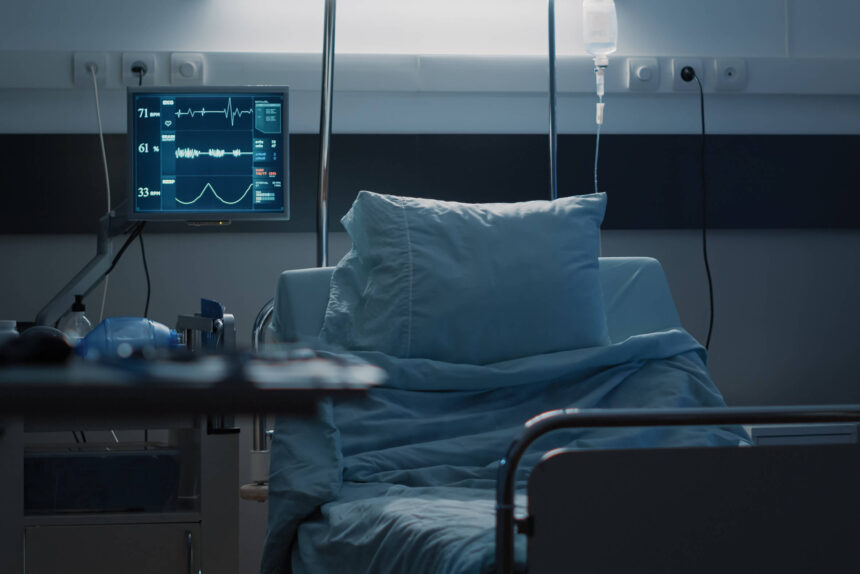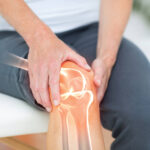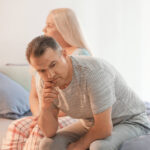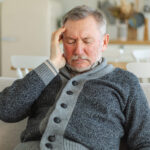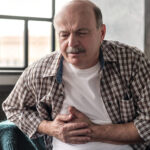Emergency rooms are sounding the alarm: there’s been a 37% increase in patients admitted due to a specific and often preventable cause – falls occurring at home. This statistic is more than just a number; it represents a growing concern in household safety that affects a wide demographic. Falls at home, while seemingly mundane, can lead to serious injuries, prolonged hospital stays, and in severe cases, can even be life-threatening.
The reasons behind these falls are multifaceted, ranging from environmental hazards to personal health issues. In this comprehensive blog, we delve deeper into the demographics most at risk, practical advice on what to do if you experience a fall, and preventative strategies to minimize the risk of such incidents. Understanding these aspects is crucial, as the right knowledge and precautions can be the difference between safety and a trip to the ER.
Steep Costs of Falls
The average cost of a hospital stay for a senior citizen who experiences a fall in the United States can vary significantly based on several factors, including the severity of the injuries, the length of the hospital stay, and the specific treatments or surgeries required. However, it’s not uncommon for these costs to be quite substantial. A study published by the Centers for Disease Control and Prevention (CDC) noted that the average hospital cost for a fall injury is over $30,000.
These costs often encompass emergency room treatment, hospitalization, surgery, rehabilitation, and any necessary medical equipment. Additionally, indirect costs such as lost work, long-term disability, and changes needed in home living environments can further escalate the financial impact. It’s important to note that these figures can vary based on the individual’s health insurance coverage and the hospital’s location and pricing policies. This underscores the importance of fall prevention measures and safety interventions for senior citizens to help mitigate both the physical and financial impacts of such.
Who is at Risk:
Falls at home don’t discriminate, but certain groups are more susceptible. Understanding who is most at risk is the first step in crafting effective prevention strategies. Older adults often face a higher risk due to age-related physical changes, but people with mobility issues, those on certain medications, and even active children are not immune to these accidents. Recognizing these risk factors helps in identifying and implementing necessary precautions for oneself or loved ones.
- Older Adults: As we age, our balance and muscle strength decrease, making falls more likely.
- People with Mobility Issues: Those with any condition that affects movement are at higher risk.
- Individuals Taking Certain Medications: Some medications can cause dizziness or affect balance.
- Children: Young children, while agile, often don’t have fully developed coordination and are prone to falls.
What to Do if You Fall at Home:
Experiencing a fall at home can be unsettling and potentially dangerous. Knowing the immediate steps to take following a fall is crucial for minimizing injury and getting the right help. This section offers a step-by-step guide on assessing your condition, safely getting up, and when to seek medical assistance. Being prepared with this knowledge can make a significant difference in the outcome of a fall.
- Stay Calm: Panic can exacerbate the situation. Take a few deep breaths and assess your condition.
- Check for Injuries: Before moving, check if you can move your limbs without pain.
- Seek Help if Needed: If you’re hurt or unable to get up, call for help using a phone or a medical alert system.
- Get Up Safely: If you’re not injured and can move, roll onto your side, push yourself up to a seated position, and then carefully stand up.
Preventing At-Home Falls:
Prevention is key when it comes to falls at home. This part of the blog provides actionable tips and modifications you can make in your living environment to reduce the risk of falls. From simple lifestyle changes to home safety measures, these preventive strategies are designed to create a safer living space, helping you and your loved ones avoid unnecessary accidents and ER visits.
- Home Safety Measures: Remove tripping hazards, improve lighting, and install grab bars in critical areas like bathrooms.
- Wear Proper Footwear: Avoid walking barefoot or in socks/slippers that don’t provide good grip.
- Regular Health Check-Ups: Keep up with eye exams and health screenings, and discuss medications with your doctor.
- Stay Hydrated: Dehydration can lead to weakness and dizziness, increasing the risk of falls.
At-Home Exercises for Better Balance and Equilibrium:
Balance and equilibrium are more than just skills for athletes and dancers; they are crucial components of everyday health, especially as we age. According to the Centers for Disease Control and Prevention (CDC), one out of four older adults falls each year, but less than half tell their doctor.
Engaging in regular balance exercises can significantly reduce the risk of falls. Experts in geriatric health emphasize the importance of these exercises, noting that they not only improve balance and coordination but also enhance muscle strength and joint flexibility, making falls less likely. Moreover, these exercises contribute to overall physical fitness, which is essential for maintaining independence in daily activities. Below, we’ve compiled a list of simple yet effective balance exercises that can be done at home. Incorporating these into your daily routine can be a vital step in safeguarding yourself against falls, ensuring a healthier, more stable lifestyle.
Single-Leg Stands: Stand behind a chair, hold onto the back, lift one leg, and hold the position. Repeat with the other leg.
Heel-Toe Walk: Walk in a straight line with your heel touching the toe of your other foot with each step.
Sit-to-Stands: Sit in a chair and stand up without using your hands for support. Repeat several times.
Side Leg Raises: Stand behind a chair and lift one leg to the side, keeping your back straight. Repeat with the other leg.
Balance Walk: Raise arms to shoulder height and walk in a straight line, one foot in front of the other.
Back Leg Raises: Hold onto a chair and lift one leg backward without bending the knees. Repeat with the other leg.
Yoga or Tai Chi: These practices enhance balance, flexibility, and strength.
The rise in emergency room visits due to at-home falls is a stark reminder of an often-overlooked aspect of personal and home safety. However, with the right knowledge and proactive measures, many of these incidents can be prevented, safeguarding our health and well-being. It’s important to remember that preventing falls isn’t just about avoiding injuries; it’s about maintaining independence, confidence, and quality of life, especially as we age.
Our exploration of the risk factors, immediate actions post-fall, and preventive strategies offers a comprehensive approach to tackling this issue. By understanding who is at risk, we can be more vigilant and empathetic towards those more susceptible to falls, including our elderly loved ones or those with mobility challenges. Knowledge of what to do in the event of a fall is empowering, allowing for calm and effective handling of such situations. Most importantly, the preventive measures and exercises discussed are not just strategies; they’re investments in our long-term health and mobility.
Incorporating balance and strength exercises into our daily routines might seem like a small step, but its impact on preventing falls can be profound. Regular practice can significantly enhance our stability, strength, and confidence in navigating our homes and environments. It’s a testament to how small, consistent efforts can yield significant health benefits.
Let this increase in ER visits due to falls be a wake-up call to all of us. Taking steps to understand the risks, know what to do if a fall occurs, and actively engage in prevention can make a world of difference. Let’s prioritize our safety and that of our loved ones by creating safer homes and stronger, more balanced bodies. Remember, in the realm of health and safety, being proactive is always better than being reactive.

